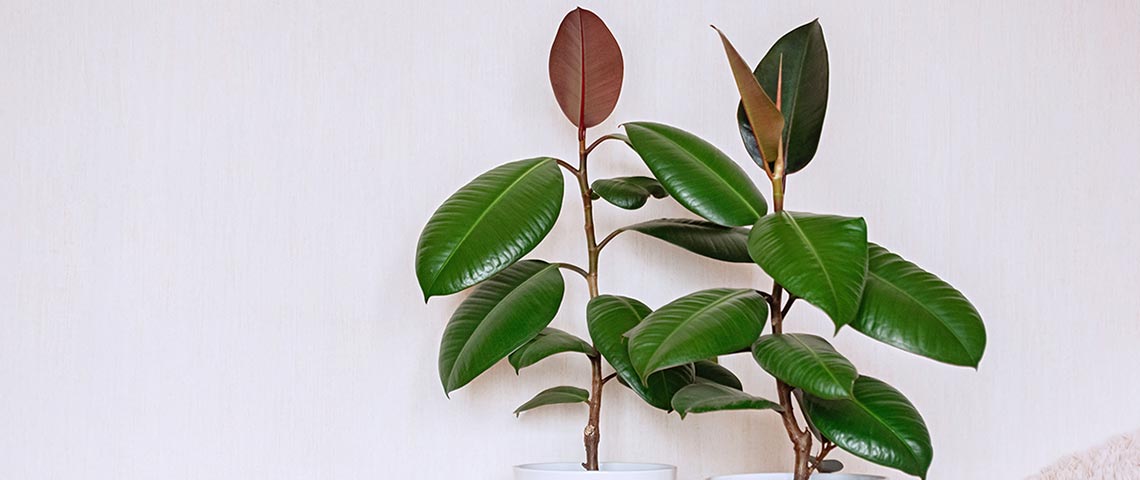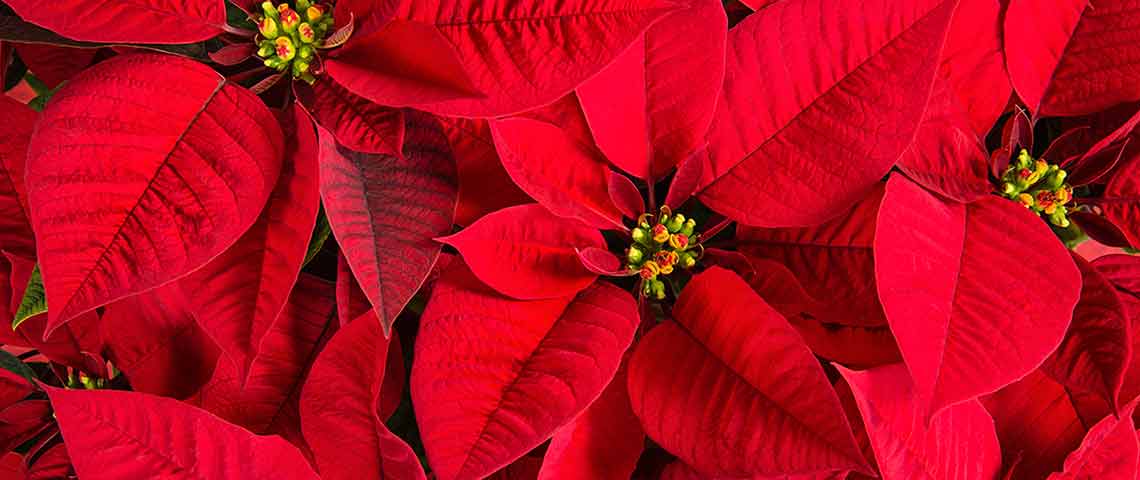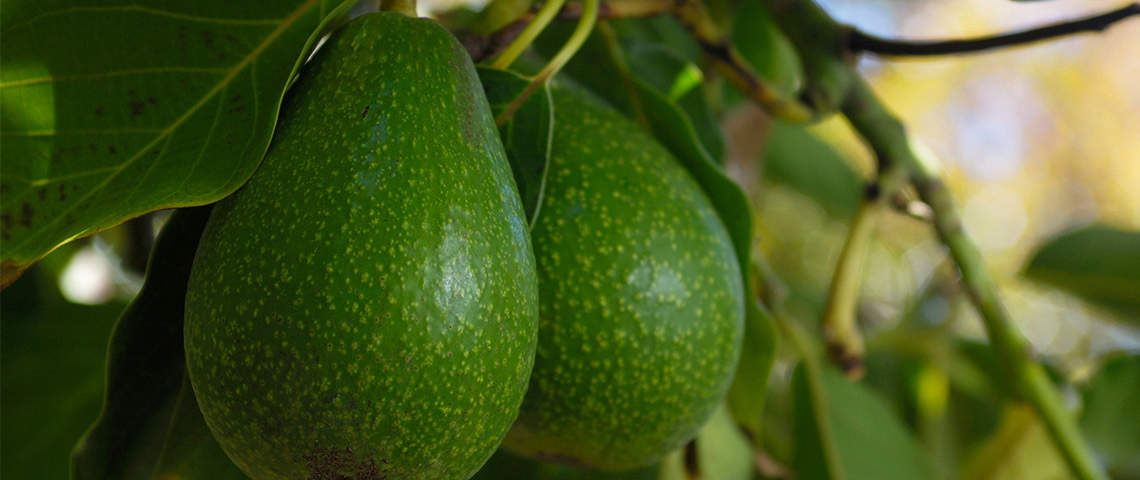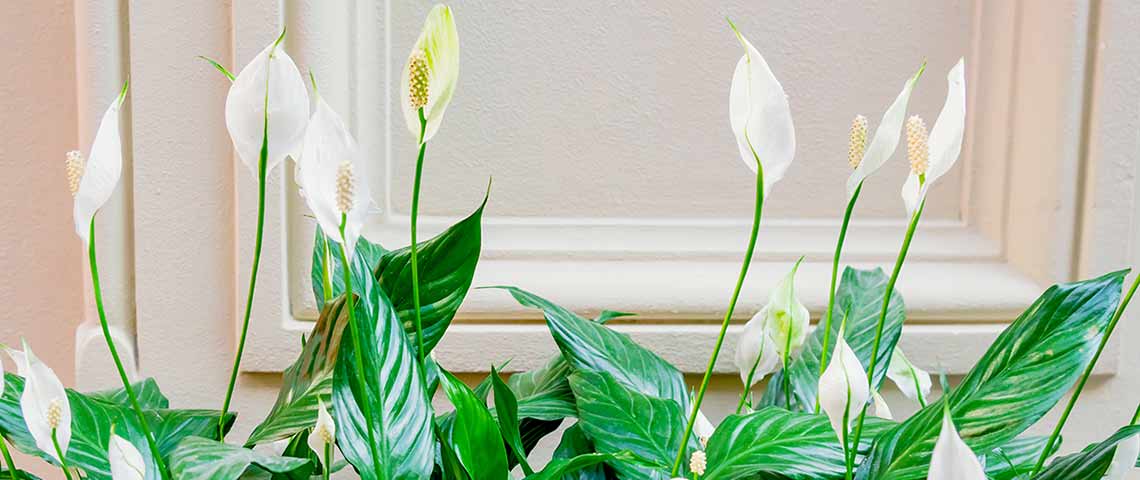How to Grow and Care for a Rubber Tree Plant
With large, thick, glossy leaves, rubber tree plants can add a lot of drama to your home décor. Like their close relative, the fiddle leaf fig tree, rubber tree plants prefer certain conditions. Even so, these tropical plants are easy to grow. By learning how to care for rubber tree plants, you can keep your plant at its peak and enjoy the show.
- Understanding Rubber Plant Basics
- Caring for Rubber Tree Plants
- Troubleshooting Rubber Plant Problems
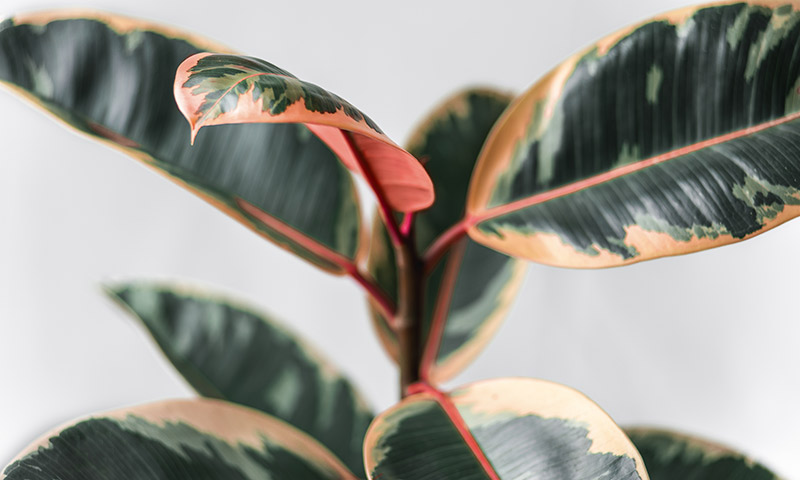
Rubber plants include colorful variegated types.
Understanding Rubber Plant Basics
Rubber tree plants are native to India and Southeast Asia, where they grow in dappled sunlight under taller trees. Known by the botanical name Ficus elastica, rubber trees take their name from the latex in their milky sap. In some countries, that sap is still farmed to create low-grade rubber.
In their native lands, rubber trees can grow 50 to 100 feet tall.1 In your home, their height depends on the variety you grow. Dwarf rubber plants may stay just 2 feet tall, but common varieties reach 10 feet where ceilings allow. The leaves may be glossy green, burgundy or pink-tinged green-and-cream and measure a foot or more.
Like other members of the ficus or fig family, rubber tree plants don't like abrupt changes. Always allow your plant to acclimate gradually to new locations or conditions. Push it too fast, and your rubber tree plant may drop its leaves.
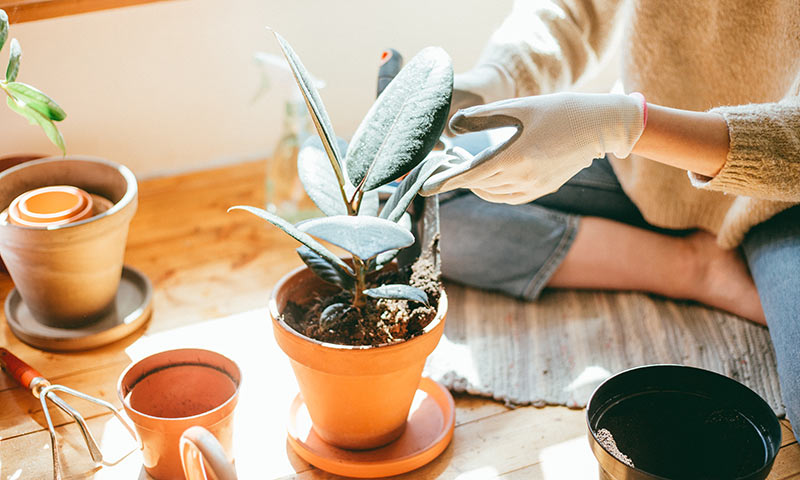
When transplanting, choose a pot just slightly larger than the current one.
Caring for Rubber Tree Plants
Despite the rubber tree plant's tropical origins, it's surprisingly adaptable to growing indoors. Just give it time to adjust to changes and typical in-home temperatures, humidity and lighting serve rubber trees well.
- Light – Rubber plants do best with bright, indirect sunlight, such as an east-facing window. Avoid intense afternoon sun, which can burn the large leaves and turn them from glossy to dull. While rubber trees can tolerate lower light, more light helps stems grow strong.
- Soil – Rubber plants prefer well-draining soil with good aeration. An all-purpose commercial potting mix designed for indoor container growing provides the balance of moisture retention and drainage that rubber trees prefer.
- Water – Rubber trees are more tolerant of drought than other ficus plants, but overwatering and underwatering both cause dropped leaves. Allow the soil to dry slightly, then water thoroughly. Never let your plant dry out to the point of wilted, drooping leaves. Rubber trees need less water during winter months, so reduce watering accordingly.
- Fertilizer – Rubber trees can be heavy feeders from spring through late summer. With Pennington UltraGreen All Purpose Plant Food 10-10-10, you can feed your plant a balanced blend of essential plant nutrients that promote strong, attractive growth. Plus, one application feeds for up to four months. Natural-based Alaska Fish Fertilizer 5-1-1 adds gentle nitrogen to help retain that leafy sheen. During winter, put fertilizers on hold under spring.
- Pruning – Left unpruned, rubber tree plants take a tall, tree-like form. To make a rubber tree plant bushy, prune back the branches a few inches in late winter. This stimulates branching at the cut. Remove dead or damaged leaves anytime, but always wear gloves — the rubber plant's milky sap can cause skin reactions.
- Propagating – In nature, rubber trees grow aerial roots, similar to those you may see on monstera plants. As a result, they're easy to propagate from simple stem cuttings in early spring. Improve your success rate and speed up rooting with GardenTech RootBoost Rooting Hormone.
- Repotting – Rubber trees may outgrow their pots every two to three years. Smaller containers limit their growth. When transplanting, choose a container just a few inches larger in diameter than your existing pot. To reduce transplant shock, use Pennington UltraGreen Plant Starter with Vitamin B1 at repotting time.
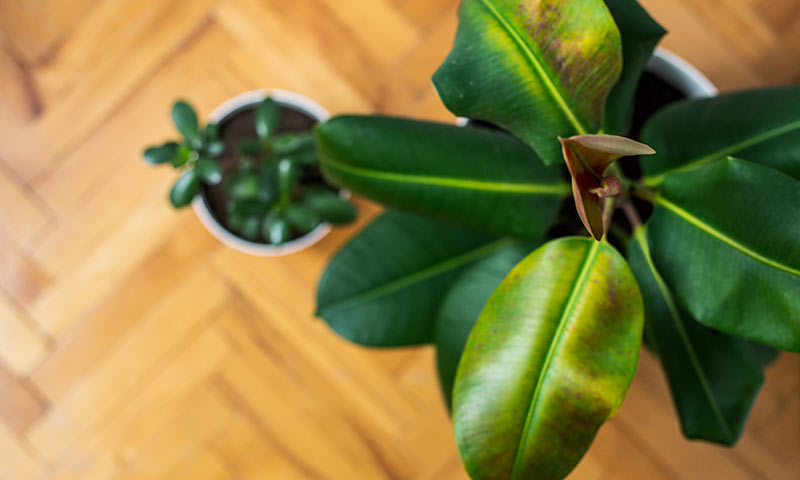
Proper watering and care help prevent droopy yellow rubber plant leaves.
Troubleshooting Rubber Plant Problems
The most common culprits behind rubber plant problems are improper watering and poor growing conditions. When problems such as curling yellow leaves or droopy, dropping leaves happen suddenly, look for abrupt changes in the environment. These include a new location, changes in watering or feeding or seasonal changes — like when summer air conditioning or winter heating kicks in.
It's natural for rubber plants to occasionally have an older, lower leaf turn yellow and fall off, but widespread yellowing or dropping leaves signal bigger problems. Overwatering is the most common problem faced by rubber trees — and almost all other indoor plants.
If your rubber tree starts to lose its luster, don't wait to intervene. Run through your care checklist and ensure you're giving your plant the care and conditions it needs. Don't overcompensate with more or less water or fertilizer. Get back on track and stick to the plan, or you may shock the plant even more.
Rubber plant leaves and sap are toxic to dogs, cats and people if ingested. For some people, just touching sap to bare skin causes allergic reactions, so take care. Always wear gloves when working with rubber plants. Teach children and pets to leave these plants alone.
By learning how to grow and care for rubber tree plants, you can enjoy these dramatic additions for many years. At Pennington, we're committed to helping you grow the garden of your dreams — indoors and out. With the best in premium plant care products and friendly expert advice, we're here to help you succeed.
Always read product labels thoroughly and follow instructions.
Sources:
1. Missouri Botanical Garden, "Ficus Elastica."

